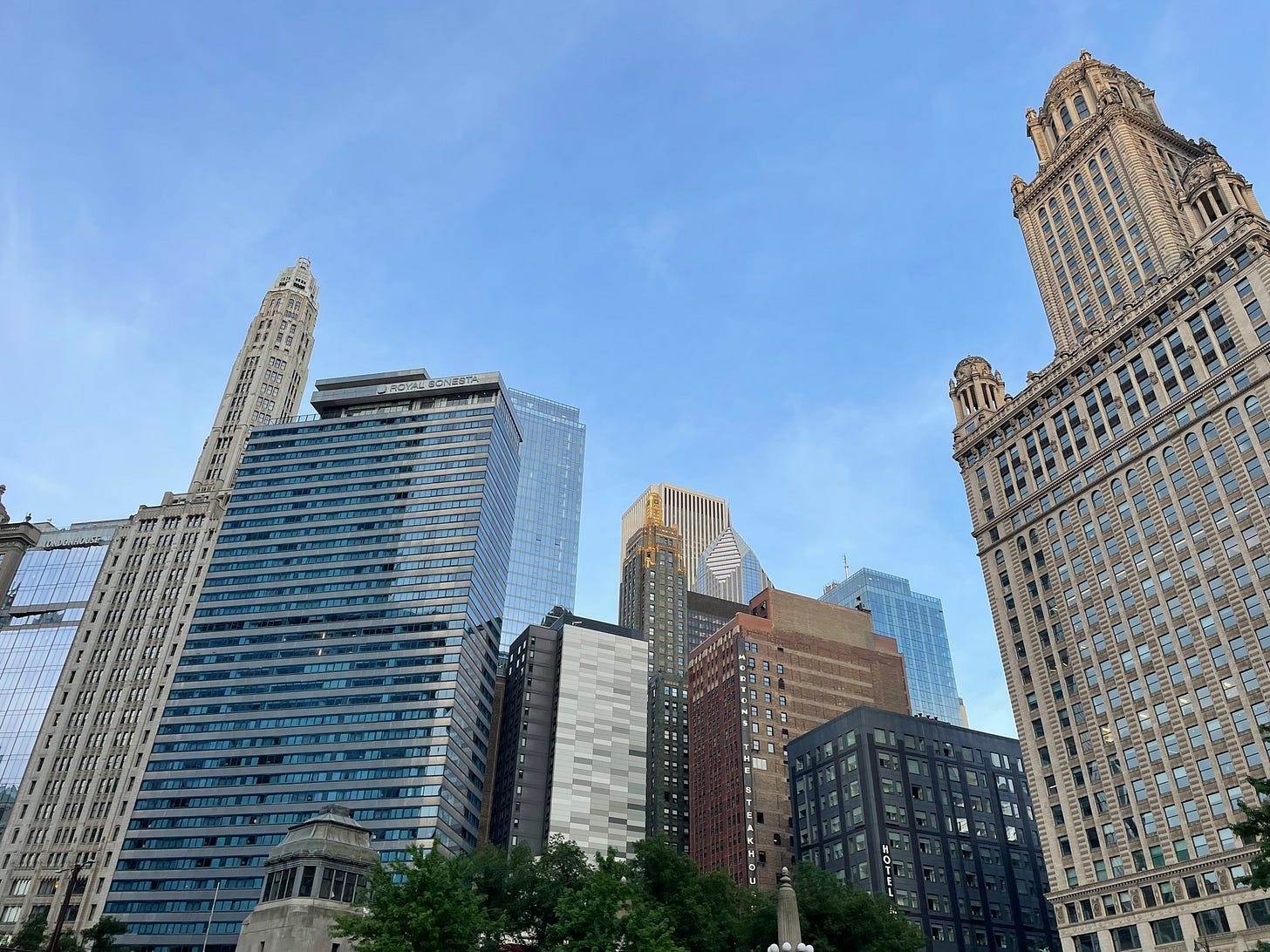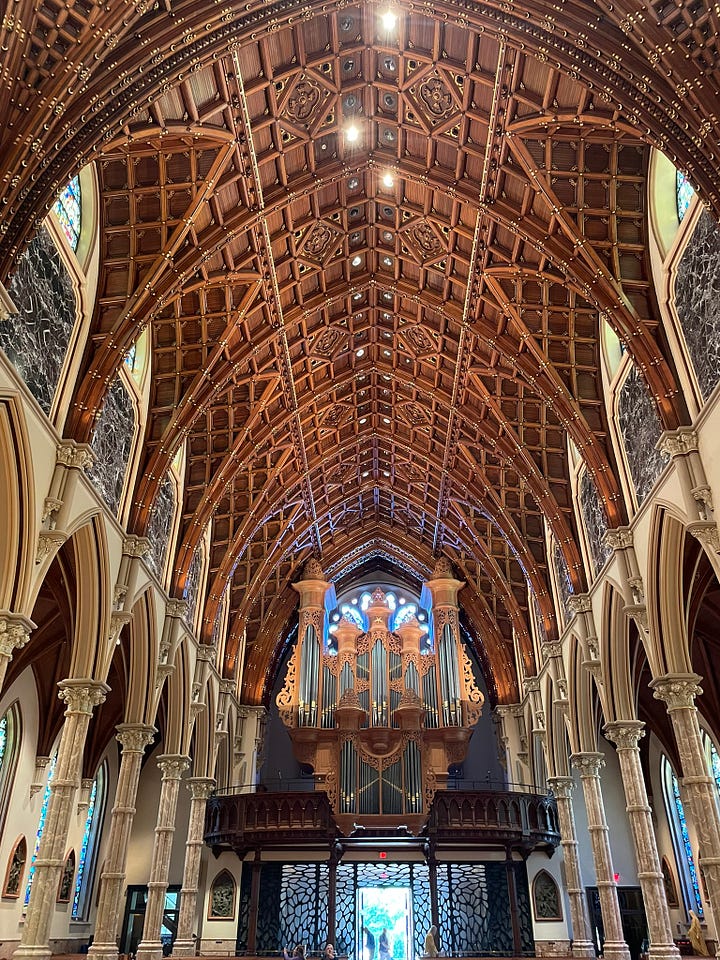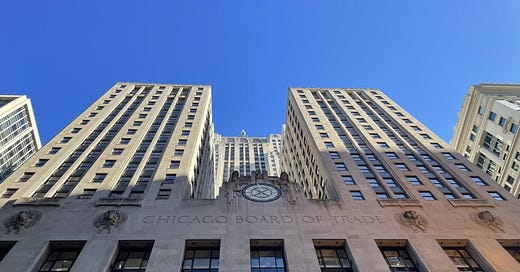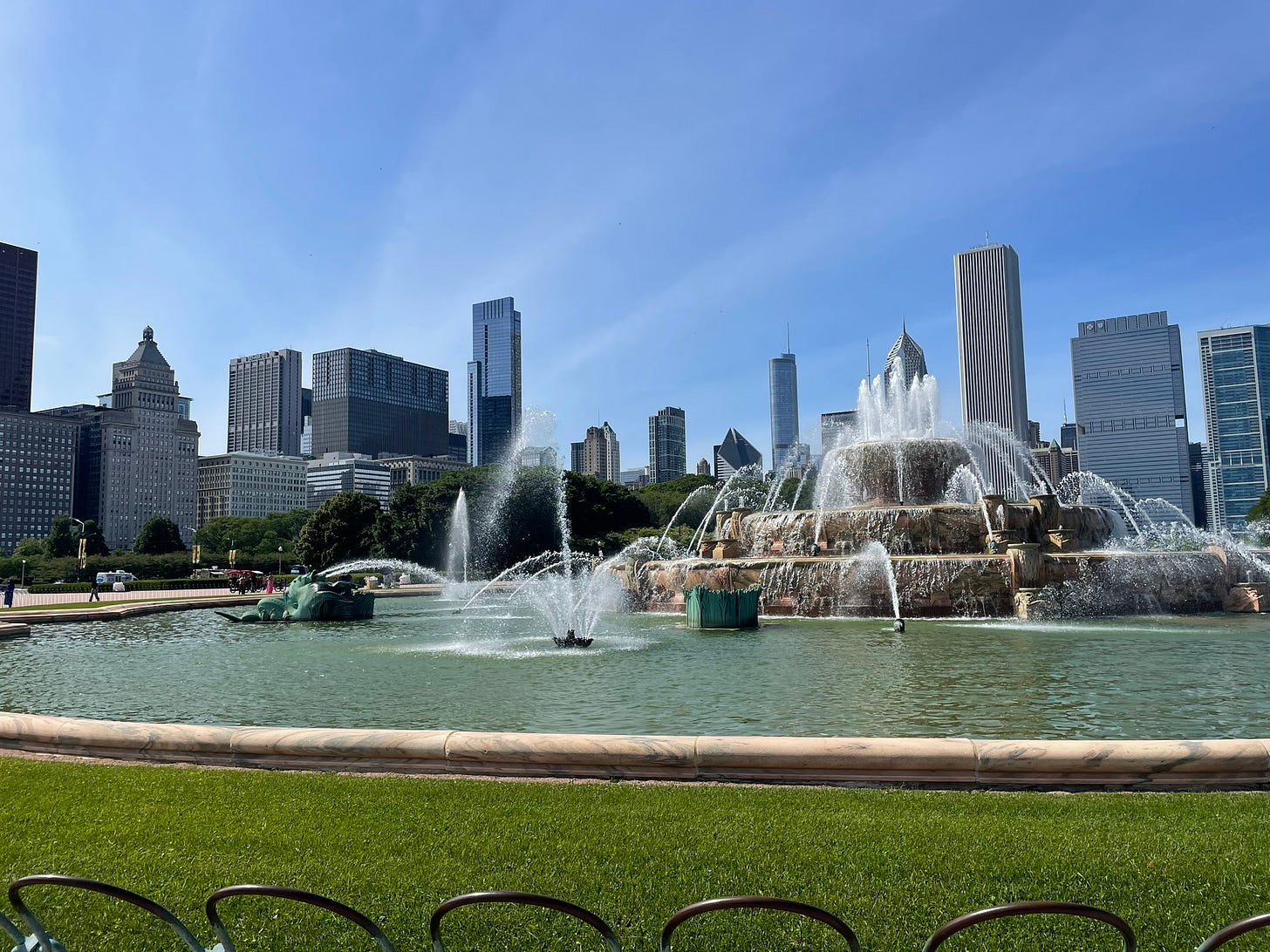Make no little plans; they have no magic to stir men’s blood and probably themselves will not be realized.
Make big plans; aim high in hope and work, remembering that a noble, logical diagram once recorded will never die, but long after we are gone will be a living thing, asserting itself with ever-growing insistency.
Remember that our sons and grandsons are going to do things that would stagger us.
Let your watchword be order and your beacon beauty.
So goes the most famous quote by Daniel Burnham, a prominent architect who said these words as part of an October 1910 speech in London to other city planners. People of Chicago may recognize it, as it’s frequently repeated and has made its way into the fabric of the city’s history.
Not being a Chicago native myself, I first learned a bit about Burnham during a recent trip to the city with my son. I’ve visited Chicago a number of times for professional reasons, but this was the only time I did so purely for recreation and tourism. During our 3-day trip, my son and I fully immersed ourselves in sightseeing and dining and learning about the city.
One of my favorite parts of the trip was simply noticing Chicago’s diverse architecture, from Art Deco landmarks like the Chicago Board of Trade Building to modern designs like The St. Regis Chicago to the Spanish Revival style of the Wrigley Building.

These massive works of art made me think about how perhaps beauty is more than a nice-to-have accessory in human life. Maybe beauty—and even the bold glamour and opulence of Art Deco—is a central part of how we imagine, how we flourish, how we inspire and aspire.
Readers of my work during the past eight months or so may recall that I’ve written a number of pieces about suffering, grief, and death. I’ve also referenced the idea of tragic optimism a number of times. Much of my writing focuses on how we deal with adversity, a struggle common to all of humanity.
But goodness sakes, such topics are heavy. Like, lighten up a little, man.
The truth is—and I think most people who know me well would agree—that I’m a relatively joyful and optimistic person. I love to laugh. I’m convinced that although life is full of tragedy and hardship, it’s also full of reasons for hope.
I’m further convinced that we need optimism for tragic optimism to work. And it seems to me that one way we humans can express, communicate, and preserve optimism is through art and architecture.
Chicago after The Great Fire
During the second evening of our Chicago visit, we went on one of the many architecture cruises on the Chicago River. After boarding the boat, we got underway and headed down the river. For the next 75 minutes, our tour guide explained the differences among the buildings in our view and situated them within Chicago’s history.
Much of Chicago burned in The Great Chicago Fire of October 1871. In the years that followed, architects descended upon the city looking for work. Many of them found it, and in the more than 150 years since then, Chicago has become home to a wide array of designs and styles.
Daniel Burnham, who lived from 1846 to 1912, heavily influenced Chicago’s urban landscape and the landscapes of many other cities. His leadership of the World’s Columbian Exhibition of 1893 resulted in a showcase of some 150 buildings in cohesive urban plan, inspiring planners and architects around the world.
Yet it wasn’t just buildings and infrastructure that Burnham designed and constructed.
It was hope and inspiration.

The whole idea behind Burnham’s city plans and those of people like him was that beautiful, orderly spaces and buildings can help us be better people.
I don’t know if there’s scientific research to back that up—it’d be a really tricky hypothesis to test—but it’s intuitively appealing. I’d like to believe it’s true.

Beauty may or may not actually make us better people, but here’s a question that’s perhaps easier to answer: Who really wants ugly cities? Likely not many people, yet many ugly buildings exist.
Consider Brutalism, an easy style to punch. Here’s an example of that:

Brutalist structures are highly functional and efficient. You can certainly live and work in them.
But do they elevate the way you think or feel? Do they make you want to sit and stare at them for more than a few moments?
I’d rather pause here for a while:
Looking Up to the Heavens
My son and I started the final day of our Chicago adventure by going to Sunday Mass at Holy Name Cathedral. When it comes to a certain form of art and beauty, we Catholics get it right (at least most of the time).
Upon entering the building through its main doors, one’s gaze is drawn immediately forward and up.
We stayed for a few minutes after Mass for a brief tour by the cathedral’s curator. He told us that the interior of the roof comprised some 23,000 pieces of red oak, adorned with copper.
We also learned that the pipe organ has 5,558 pipes. Behind the IHS (Iesus Hominum Salvator, “Jesus, Savior of Men”) in the ceiling, one can see the image of a Phoenix—a reference to Chicago, rising from its great fire.


Considering both the Cathedral and the various forms of architecture we saw throughout Chicago, I kept thinking about Burnham’s quote, “Make no little plans; they have no magic to stir men’s blood and probably themselves will not be realized.” Despite the tremendous value of little plans—they’re really useful in our everyday existence—I think we humans do need big plans.
In a sense, we humans need the grandiosity of The Carbide and Carbon Building, of ceilings with 23,000 pieces of red oak, and of organs with 5,558 pipes. We need something toward which we orient ourselves, and it seems like we benefit when that something comprises ideas or visions or stories that are worthy of our aspiration.
We need the sense that we’re part of a bigger narrative, a story that matters. That’s the optimism that balances the grim reckoning of tragic optimism.
And when we create or appreciate the beauty around us, we can sometimes get a glimpse of the patterns uniting us all, faith in the value of this life, and hope in that which surpasses our imagination.






This makes me want to go back Ben! My only Chicago experience was a tad unique..we marched all around downtown to grand ballrooms of hundreds yelling 'Fight On!' the night before USC took on Notre Dame. Really is a beautiful city and quite windy as I recall 😏